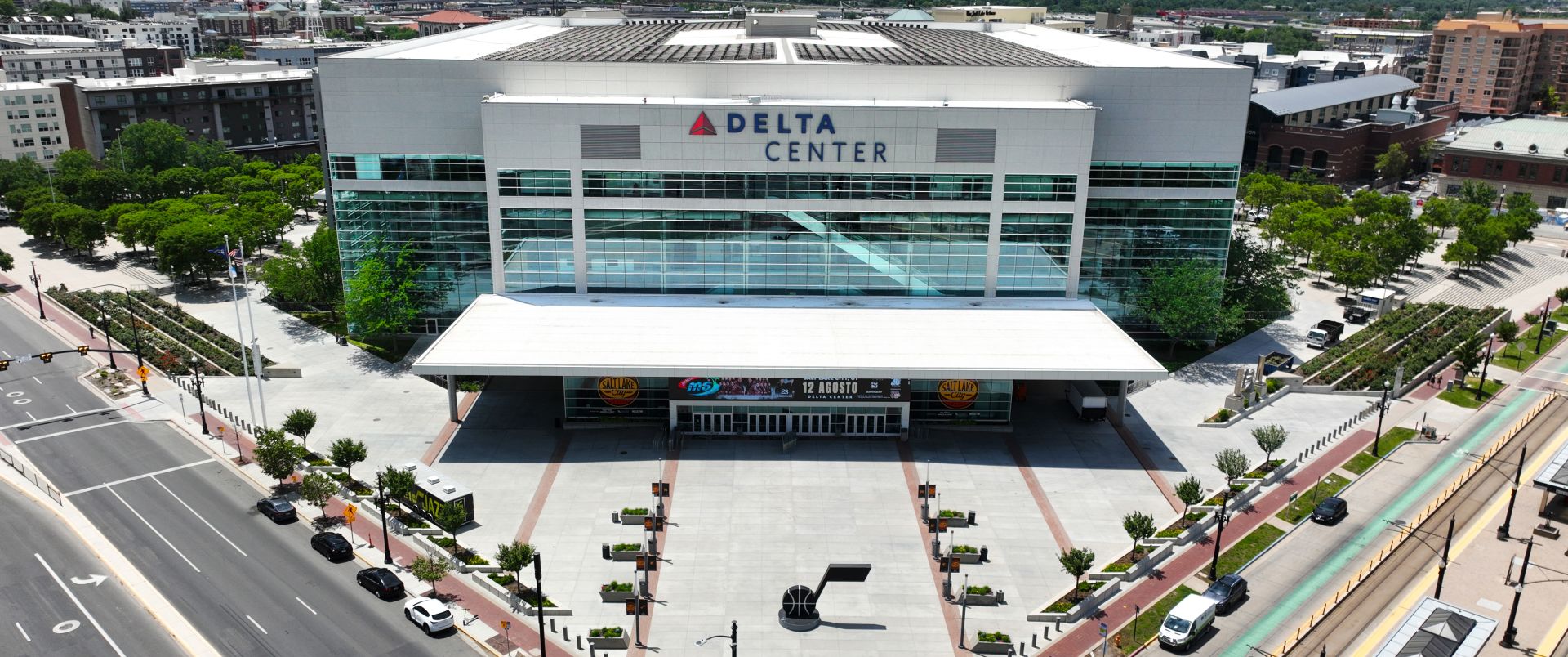Rural areas face higher crime rate than Canadian cities: StatsCan

A Statistics Canada report shows police-reported crime rates are significantly higher in rural areas like the Prairies. Allison Bamford breaks down the numbers. New data shows rural Canadians face a higher and more severe rate of crime than those living in the city. In 2023, the police-reported crime rate was 34 per cent higher in rural communities than in urban centres, according to a new report released Tuesday from Statistics Canada. That same year, the violent crime rate, which includes homicides, intimate partner violence and assaults, was 1.7 times higher in rural areas. “It’s scary to say the least,” said Tim Brodt, chairperson of the Saskatchewan Rural Crime Watch Association. The crime severity index (CSI) tracks the volume and severity of crimes in different areas. In 2023, Saskatchewan recorded the highest rural CSI in the country at 204, followed by Manitoba and Alberta at rural CSIs of 184 and 145 respectively. Prince Edward Island, Ontario and Quebec were the only exceptions. Those provinces saw overall rural crime rates lower than urban rates. The rural crime rate is three times higher in northern regions than in southern areas. Brodt said gangs and drugs are driving up crime in northern Saskatchewan. “It’s gotten so bad that people are driving in the yards and shooting through the front door just as a warning shot to stay in the house,” he said. In general, rural communities also experienced higher rates of property crime. In Delisle, Sask., the local fire department had equipment stolen at one of its neighbouring fire halls during a break-in over Christmas. The crew lost thousands of dollars in life-saving tools, including a battery-operated jaws of life. “It’s very disheartening to think that the same people that we may have to go and help are stealing the tools that we need to go help them,” said fire chief Mike Given. Anecdotally, Given said rural crimes, including break-ins, vandalism and thefts, seem to be increasing in the area. As a result, people are installing security systems in their homes and businesses. “It’s a tough way to live all of a sudden,” he said. The Saskatchewan Association of Rural Municipalities (SARM) has long advocated for measures to increase rural safety. SARM president Bill Huber said increased funding and legislative reform is necessary to address policing gaps in rural areas. “With fewer police detachments covering larger regions, response times can stretch up to an hour or more, leaving rural residents and properties vulnerable to becoming prime targets for crime,” he said in a statement to CTV News. Rural crime and safety were ballot box issues during Saskatchewan’s election last fall. The provincial government has since recruited a new marshals service to help the RCMP. Advocates like Brodt want to see more money invested into the RCMP to help address the issue.

















